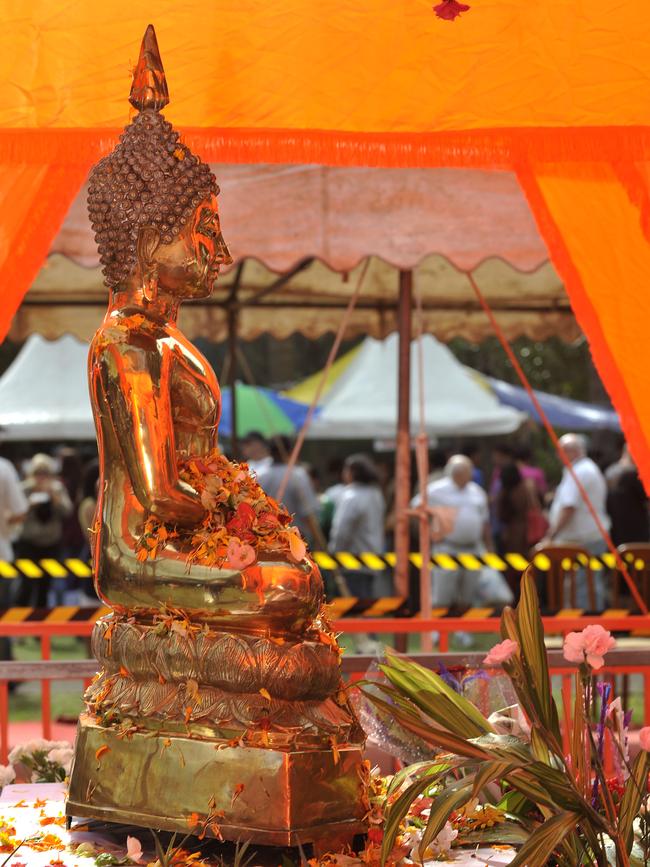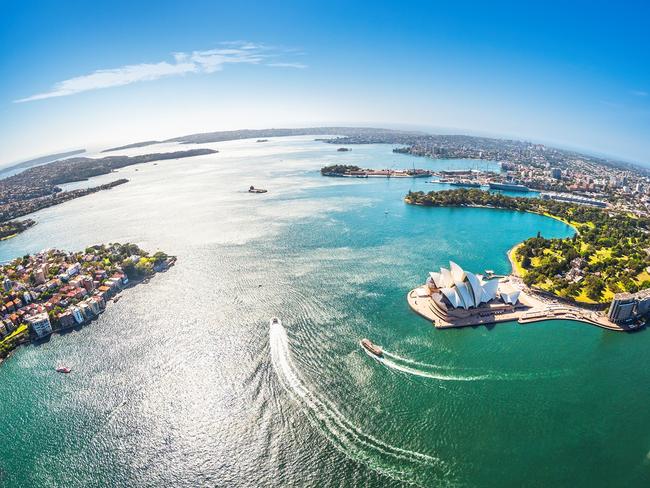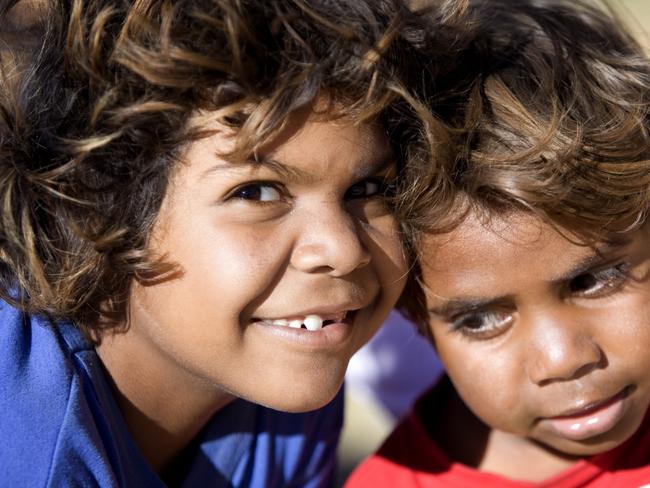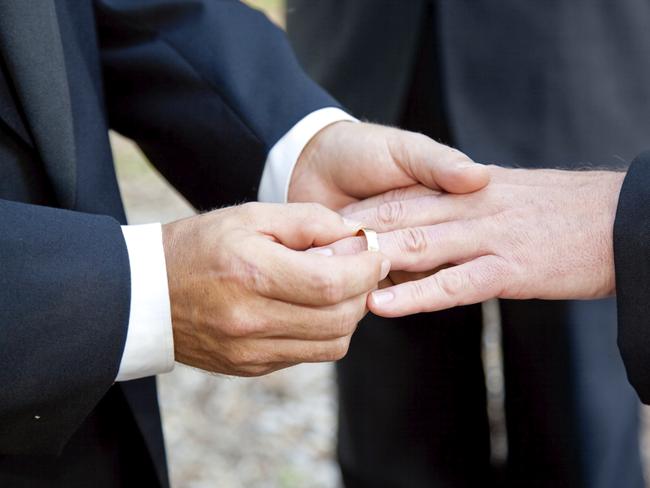Census snapshot: 35 key findings
AUSTRALIANS are getting older, turning their backs on religion and the number of same-sex couples is increasing. Results of the 2016 Census paint a picture of a changing Australia.
NSW
Don't miss out on the headlines from NSW. Followed categories will be added to My News.
AUSTRALIANS are getting older, turning their backs on religion and the number of same-sex couples are increasing.
Results of the 2016 Census — disrupted by cyber attacks — paint a picture of a changing Australia. Here’s what you need to know:
INCOME
*The 2016 Census shows the median weekly income is $662, up from $577 in 2011 and a near 15 per cent increase compared with a rise of around 10 per cent in the consumer price index.

*Weekly wage growth among households was even greater, rising to $1438 and a 16.5 per cent increase since 2011.
HOUSING
*31 per cent of people had paid off their mortgage — down from 32.1 per cent in 2011 and 40 per cent in 1991 — while those paying off a mortgage held steady at around 35 per cent over recent surveys, but up from 27 per cent a quarter of a century ago.
*There has been a shift towards renting, with nearly 31 per cent now paying a landlord, up from just under 30 per cent five years ago and 27 per cent in 1991.
RELIGION

*Nearly a third of Australians reported in the Census that they had no religion in 2016 (30 per cent).
* Australia remains a predominantly religious country, with 60 per cent of people reporting a religious affiliation. However, the proportion of people reporting no religion increased to 30 per cent in 2016 — up from 22 per cent five years ago, and nearly double the 16 per cent in 2001.
*The proportions of Australians reporting a religion other than Christianity has increased from 2.6 per cent in 1991 to 8.2 per cent in 2016.
*The most commonly reported were Islam, Buddhism and Hinduism.
POPULATION
* Since the last census five years ago, Australia’s population has increased by nearly two million people to an estimated 24.4 million.
* There were 23,717,421 people in Australia on Census night, which included 23,401,892 people who usually live in Australia- an 8.8 per cent increase from 2011.
* More than 600,000 Australians were travelling overseas.
* NSW remains our most populous state, with 7,480,228 people counted, ahead of Victoria (5,926,624) and Queensland (4,703,193).
POPULATION GROWTH
* The Australian Capital Territory experienced the largest population growth of any state or territory over the past five years, adding more than 40,000 new residents — an increase of 11 per cent.
* Greater Sydney is Australia’s largest population centre with 4,823,991 people, growing at 1656 every week since the previous Census.
IMMIGRATION
* With the number of those born overseas rising to just over a quarter of the overall population, Australia now has a higher proportion of migrants than the United States and Britain.
*1.3 million new migrants have come to Australia since 2011, hailing from some of the 180 countries of birth recorded in the Census, with China (191,000) and India (163,000) being the most common countries of birth of new arrivals.
* For the first time in our history, the majority of people born overseas are now from Asia, not Europe.
* Of all Australian residents, just more than a quarter of people (26 per cent) said they were born overseas, with England remaining the most common country of birth other than Australia.

COUNTRY OF BIRTH
*The number of people living in Australia who were born overseas continuing to increase.
*Of all Australian residents, just more than a quarter of people (26 per cent) said they were born overseas, with England remaining the most common country of birth other than Australia.
*While England remains the most common birthplace for migrants at 15 per cent, that’s more than halved since 1966.
*The number of people born overseas increased by almost one million people between the 2011 and 2016 Censuses, rising from 25 per cent of the population in 2011 to 26 per cent in 2016.
*People from Australia and England decreased, while China and India increased.

LANGUAGE
* We remain a predominantly an English speaking country, with 72.7 per cent of people reporting they speak only English at home.
*Tasmania had the highest rate of people speaking only English at home with 88 per cent, while the Northern Territory had the lowest rate at 58 per cent.
AGE
* Australians are getting older with 664,473 additional people aged 65 and over since 2011.
* While your average Aussie is 38, one in six are over 65 and the number of centenarians has hit 3,500.
INDIGENOUS
*While capital cities are magnets for migrants, indigenous people make up more than a quarter of the Northern Territory’s population.
*And it appears more people than ever are identifying as indigenous, with the number of Aboriginal and/or Torres Strait Islanders rising 18 per cent to 649,171 in the past five years.

HOUSEHOLDS
*There’s also been a rise in the number of families, up by about one million to just over six million.
*While your standard couple with children remain the typical style of family, their numbers have dropped to 45 per cent from 54 per cent in 1991.
*At the same time, the proportion of couples without kids has risen from about one third to 38 per cent, while single parent families have jumped 13 per cent to about 900,000.
*Meanwhile, the number of same-sex couples has leapt 39 per cent to 47,000 in the past five years.
*While the number of families is rising, there’s also more Aussies living by themselves, particularly older women.
*More than half of the two million people recorded as living alone on census night were women, most of whom were aged about 64.


